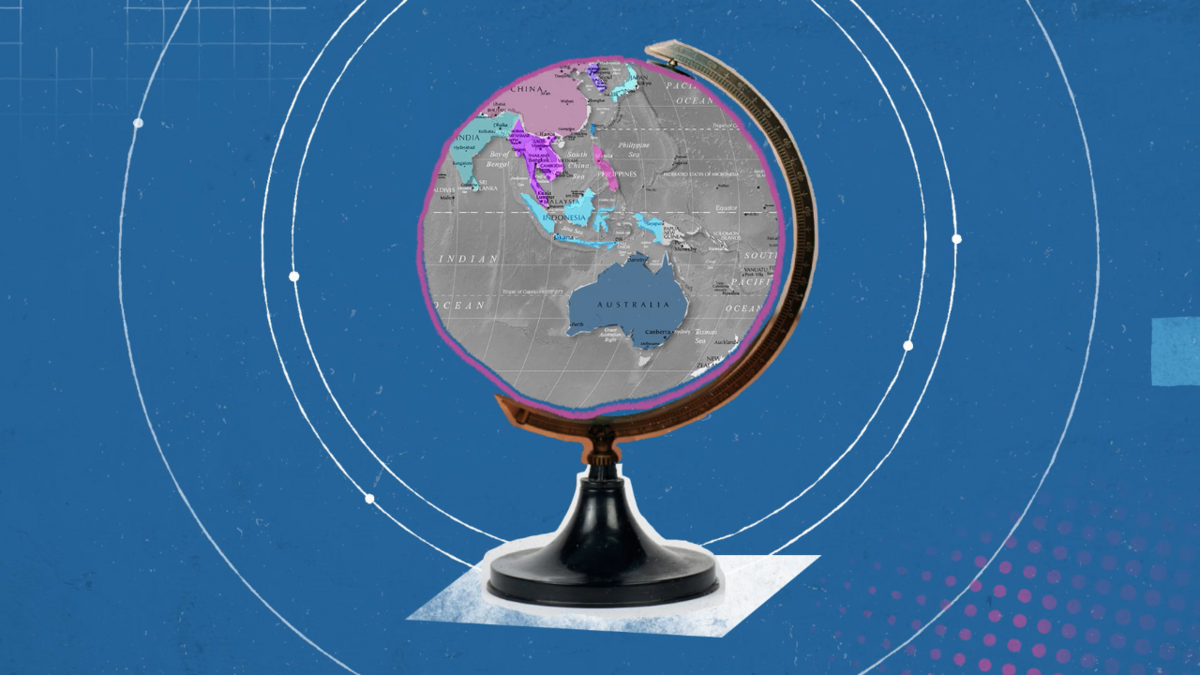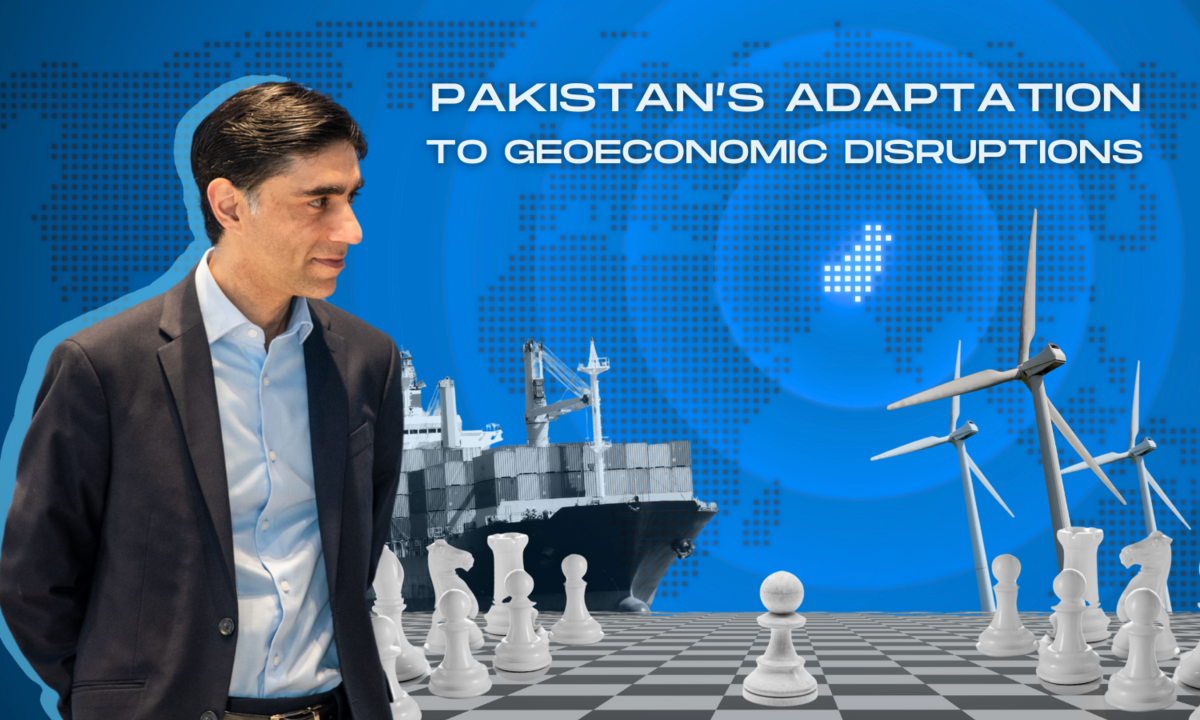In Visuals: The Air We Breathe, The Haze We Don’t Need

The transboundary nature of the haze
means that it relentlessly fails to respect national borders. The problem in Chiang Rai province typically stems from activities such as slash-and-burn agriculture, land clearing and forest fires in neighbouring Myanmar, and Laos; but its ripple effects are endangering every single life living and breathing the air in this upper part of South-East Asian region. What is worrying is that the haze contains fine particulate matter (PM2.5) and other pollutants that can penetrate deep into our lungs, our blood vessels, and even our brain cells, and only time will tell what the long-term health impacts will be.
Despite the reality of the danger,
there is some resistance or even denial among the population. “From a cultural dimension and anthropological point of view, the majority of local people living here especially the aging population group do not believe in technology of monitoring and measuring the air quality,” said Thawatchai Duangnapa, local journalist and a founder of Chiang Rai Dialogue, an online media platform that advocates about regional haze problems and associated health issues in the communities. “Fires and haze have seasonally been part of their livelihood for many generations and they are only temporary. When the tropical storm comes and the winds get stronger, they will disappear.” He paused and then said “the implication is that their situational and environmental awareness are not yet there.”

Tachin Pongjina (above)
is among the 15 filmmakers who came to Chiang Rai this year during peak haze season. His curiosity toward the society as a whole includes a question such as: Are local people really aware of how severely it is impacting their health? Or are they just seeing the issue as a normal circumstance that they can withstand until nature takes care of it? Tachin deeply wishes that the movie he and the group made will help not just the people of Chiang Rai, Thailand or South-East Asia aware of the danger, but the whole world to keep shining a spotlight on it. “I think people here go about their business without a complete picture of how smog is gradually harming them,” said Tachin.

In the scientific community,
there is little doubt about the damage being done. The “vast majority” of studies on the health impact of the haze have found an association with “deleterious health effects,” according to an article titled Acute Health Impacts of the Southeast Asian Transboundary Haze Problem, published in the International Journal of Environmental Research and Public Health. Those health effects “range from physical and psychosomatic symptoms like sore throat and eye/nose discomfort to respiratory, neurological, cardiovascular disease and mortality,” the article said.
According to the research, a decrease in cell viability and an increase in cell death are attributed to particulate matters in the haze. Given this mechanism, it may contribute to inflammation in the airways and lungs causing respiratory diseases and potentially leading to fatal diseases such as cancer.

As reported by Bangkok post referring to a study titled Trends in Cancer Incidence and Mortality in Northern Thailand, 1993-2017" by Lampang Cancer Hospital, “the number of new cases of cancer in northern Thailand is higher than the national average, with high levels of hazardous particulate matter smaller than 2.5 microns (PM2.5) believed to trigger mutations that lead to the disease. The report continues that the age-standardised (ASR) rate for cancer in the entire northern region was 162.8, exceeding the rate in Bangkok of 143.8 with lung cancer being the second most prevalent primary cancer type in the North.”
Thawatchai told the author that Chiang Rai Sontana platform and its media and advocacy work have been extensively driven by collections of data gathering from local and international experts of various industries such as administrative district offices, provincial headquarters, major hospitals, scientific research labs, non-governmental organizations etc. His goal is to keep the conversations rolling, creating viral dialogues by showing people the aforementioned evidence that the haze can have fatal health consequences. If the cause recurs every year, then we must seek resolutions to prevent its effects from taking a toll on all of us.
“I believe in the power of communication,” said Thawatchai.
“We all know haze is probably seasonal or everlasting in the near future and nobody wants to stay to observe that undesirable phenomenon. So, I want to communicate how dangerous in the long run it is to breathe this air. Yes, we depend on the relentless nature like wind and rain to clean this up but the least we can do to mitigate the health impact on everybody is to construct a tool that practically raises awareness and notifies everyone how to protect themselves from the hazardous air.”
He uses data to raise awareness through knowledge-based stories to show people where the haze comes from, where the heat spots are around the province, how strong the wind is and lastly how active the air flow is. He also believes in the youth communities; the new generations who are his target audience will help spread the word and make this cause-effect driven communication viral. He is also advocating through his media channel by articulating that the central governments should build a warning system that issues prompt alerts via SMS, real-time chat apps, emails or voice calls before the measured air quality exceeds 100, which represents a dangerous level. This notification would give people a change to protect themselves using the right kind of masks, reducing outdoor activities and running air purifiers at home.

Filmed and directed by a group of five, including the author,
the story we tell in ‘Rusted’ The Movie signifies the corrosion of lives: The longer we are exposed to the polluted air full of particulate matters and microns, the shorter our life span is, the quicker it eats away our lives. Our skins may be on the front line against air pollution, but as we inhale it enters our respiratory system, flows through our veins, attacking our cells. None of us can escape this reality. The visualizations we try to portray are functioning as reminders that the haze blanketing us not just separates us from a clear sky but also suppresses us from living a normal life. Rusted metals in this movie stand as a metaphor for a decaying life extremely exposed to this uncontrollable reality, while most of us are just not aware enough. If rust can destroy even the strongest metal object and inflict serious symptoms on all living beings, so there is no doubt that the vulnerability of life is completely intolerant to this phenomenon.
“It is already irrational that we have to live like this,”
said Phatsurang Dechabuddharungsi, the author and one of the filmmakers. “We are not created to breathe dust and whatever infected particulate substances that come with it. So like Thawatchai mentioned, we truly believe that our film, another powerful medium of communication, will carry the message, connect people and raise their awareness about transboundary haze pollution in Southeast Asia.”

Pictured above
is a surreal situation interpreted by the filmmakers of ‘Rusted’. An air purifier placed deep in the forest creates a surrealist impression about what it means to live an unusual life. The artistic approach to the story portrays the fusion of unsafe space and an exhaustion of both man-made device and nature. Forests play a crucial role in maintaining clean air with enough oxygen for humans and animals to breathe while an air purifier is working with the same mechanism. They both represent a subconscious reality that nowhere is safe under the blanketed hazardous air.
Thawatchai agrees that film has a special visual grammar connecting people and stories together. “Climate change and air pollution in their names alone will not resonate with us unless we start narrowing down the narratives and showing how close the subject is among us, then that’s when people start seeing all the light and the air they cannot see clear from the beginning.”
Haze is an issue transcending national border lines, thus under the very same sepia sky, we are ironically equal.

Phatsurang Dechabuddharungsi is Regional Communications Coordinator at FES Asia. Her professional background includes journalistic broadcasting, investigative reporting, cinematic documentary filmmaking, story pitching, writing and communications strategizing.
All 15 filmmakers including the author attended the visual storytelling workshop made possible by Office of Contemporary Art and Culture, Film Archive Public Organization, Mae Fah Luang University, Chiang Rai Film Club, and Thailand Biennale 2023.
FES Asia
Bringing together the work of our offices in the region, we provide you with the latest news on current debates, insightful research and innovative visual outputs on the future of work, geopolitics, gender justice, and social-ecological transformation.






